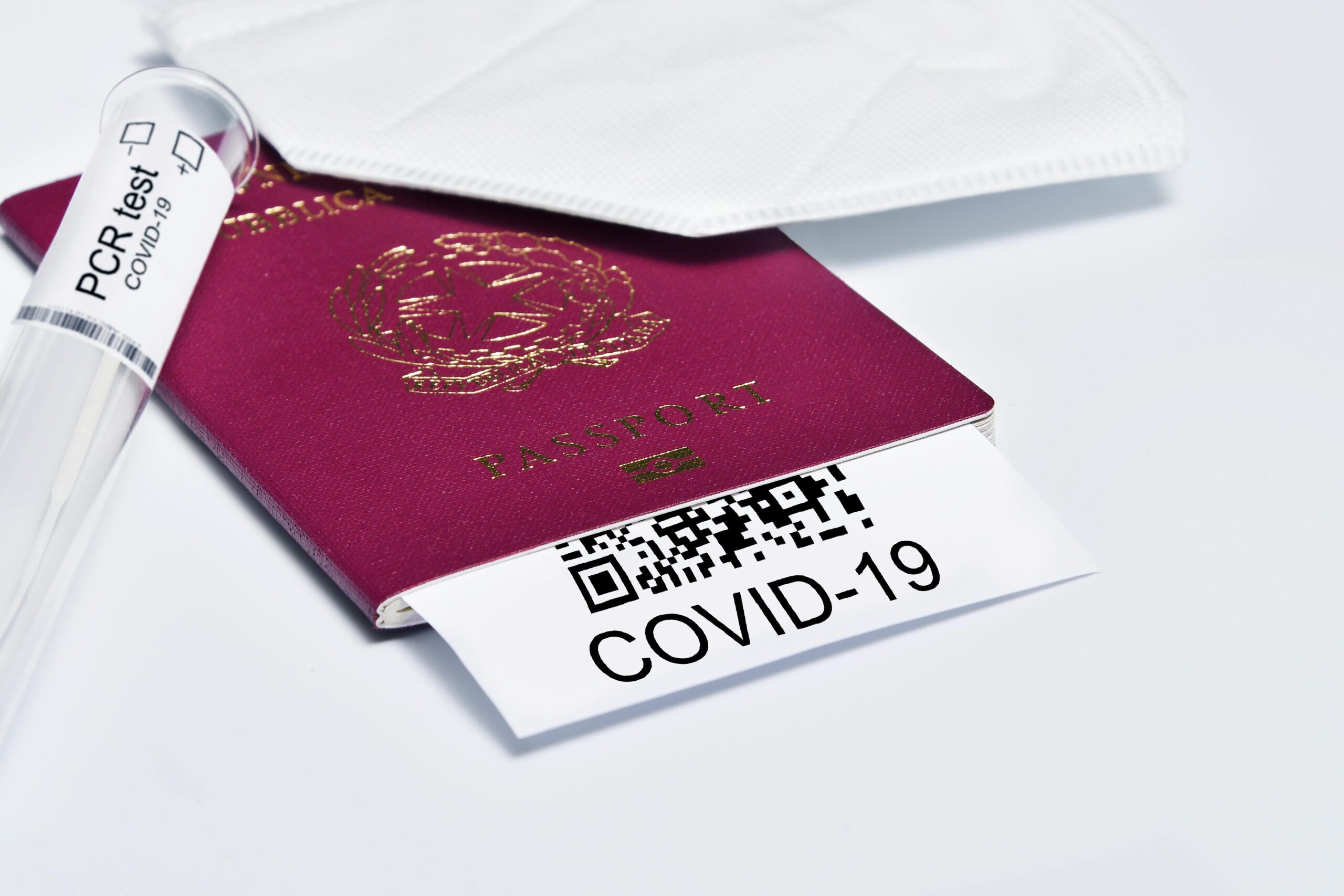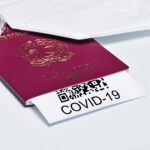Table of Contents
- A Meticulous Breakdown of the Latest CEC Express Entry Draw
- Analyzing the CRS Score and its Critical Implications for the CEC Express Entry Draw
- Pivotal Insights from IRCC’s Latest Immigration Announcement
- Charting Your Course: Essential Next Steps After This CEC Express Entry Draw
- Frequently Asked Questions
In a significant development for Canadian immigration hopefuls, Immigration, Refugees and Citizenship Canada (IRCC) has just conducted a new Express Entry draw specifically targeting candidates in the Canadian Experience Class (CEC). This latest CEC Express Entry draw represents a pivotal moment for individuals with skilled work experience in Canada, offering a dedicated pathway to permanent residence. This action signals a clear and continuing focus on retaining talent that is already contributing to the Canadian economy. For thousands of candidates in the Express Entry pool, this news brings a renewed sense of opportunity. This article provides a thorough analysis of the draw’s results, including the Comprehensive Ranking System (CRS) cut-off score, the number of Invitations to Apply (ITAs) issued, and what this strategic move by IRCC signifies for the future of Canadian immigration.
A Meticulous Breakdown of the Latest CEC Express Entry Draw
The most recent draw, which took place on November 5, 2025, saw IRCC issue 3,000 Invitations to Apply for permanent residence. To be invited, candidates needed a minimum Comprehensive Ranking System (CRS) score of 462. This draw was exclusively for candidates eligible under the Canadian Experience Class, a stream designed for skilled workers who have at least one year of eligible Canadian work experience. A specific CRS score threshold like this is a crucial piece of information for everyone in the pool, as it sets a clear benchmark. The tie-breaking rule implemented for this round was September 10, 2025, at 14:30:15 UTC. This means that among candidates who had a score of exactly 462, only those who had submitted their Express Entry profile before this specific date and time received an invitation. This mechanism ensures fairness and order when multiple candidates have the same score. A CEC-only draw is a powerful tool for IRCC to manage its immigration intake, as it specifically targets individuals who have already integrated into Canadian society and the workforce, thus reducing the settlement challenges they might face and ensuring they can contribute to the economy immediately upon becoming permanent residents.
Analyzing the CRS Score and its Critical Implications for the CEC Express Entry Draw
The CRS cut-off score of 462 in this CEC Express Entry draw is a profoundly important figure that warrants careful analysis. When compared to recent all-program draws, where CRS scores have often hovered above 500, a score of 462 is remarkably accessible and provides a welcome opportunity for a significant number of candidates. Program-specific draws like this one isolate a particular group of applicants—in this case, those with Canadian experience—from the broader, more competitive global pool that includes Federal Skilled Worker and Federal Skilled Trades candidates. This isolation is the primary reason for the lower CRS threshold. For candidates, this score has different implications depending on their status. For those who received an ITA, it is a validation of their efforts and the start of a new, time-sensitive process. For candidates with scores just shy of 462, this result should be a source of tremendous encouragement, as it indicates that permanent residence is well within reach with minor score improvements. It underscores the importance of actively seeking ways to enhance their profile, whether through language test improvements or other avenues. For those with scores significantly lower, this draw serves as a realistic benchmark and a motivator to develop a long-term strategy for increasing their CRS points through further education, work experience, or seeking a provincial nomination.
Pivotal Insights from IRCC’s Latest Immigration Announcement
This targeted CEC Express Entry draw offers several crucial insights into Canada’s current immigration strategy. It is not merely a routine administrative action but a reflection of broader policy objectives. Understanding these takeaways can help candidates better position themselves for success in their journey to becoming permanent residents of Canada.
- A Renewed Focus on In-Canada Talent: CEC-specific draws powerfully underscore the value that IRCC and the Canadian government place on candidates who have already demonstrated their ability to integrate into the Canadian labour market. These individuals have proven work experience, have established professional and social networks, and are already contributing tax dollars. Prioritizing them is an efficient strategy for economic growth, as they are prime candidates for long-term success and seamless integration.
- The Strategic Advantage for CEC Candidates: Candidates in the CEC stream benefit from certain inherent advantages. For example, they are not required to show proof of settlement funds, which can be a significant hurdle for overseas applicants. These dedicated draws give them an exclusive opportunity to receive an ITA without having to compete against a vast global pool of highly qualified Federal Skilled Worker candidates, making their path to PR more direct.
- The Importance of a Constantly Updated Profile: This draw is a stark reminder that an Express Entry profile is a live document, not a one-time submission. A candidate’s CRS score can change, and it is imperative to update the profile immediately following any change in circumstances, such as improved language test scores, the completion of a new educational credential, or the accumulation of more skilled work experience. Failing to do so could mean missing out on a crucial invitation.
Charting Your Course: Essential Next Steps After This CEC Express Entry Draw
The outcome of this CEC Express Entry draw necessitates different actions depending on whether a candidate received an invitation. For those who were successful, a critical 60-day window has now opened. This is the period during which they must submit a complete and accurate application for permanent residence. The first step is to meticulously review the document checklist and begin gathering all required information, such as updated reference letters from employers, police clearance certificates from every country of residence since the age of 18, and results from an upfront medical examination. Accuracy and consistency are paramount; any discrepancies between the information in the Express Entry profile and the supporting documents can lead to delays or even a refusal on grounds of misrepresentation. For candidates who did not receive an ITA, this is a moment for strategic action, not disappointment. The first step is to conduct a thorough review of their CRS score breakdown to identify potential areas for improvement. Often, the most direct path to a higher score is by re-taking official language tests like the IELTS or CELPIP. Even a small improvement in a single language band can translate into a significant CRS point increase. Beyond language skills, exploring Provincial Nominee Programs (PNPs) is a powerful strategy. Many provinces have streams aligned with Express Entry that target candidates with specific skills or work experience. Securing a provincial nomination grants an additional 600 CRS points, which virtually guarantees an Invitation to Apply in a subsequent draw.
Frequently Asked Questions
What is the Canadian Experience Class (CEC)?
The Canadian Experience Class (CEC) is a prominent economic immigration program managed through Canada’s Express Entry system. It is specifically designed for skilled workers who have accumulated at least one year of full-time (or an equivalent amount in part-time) skilled work experience in Canada within the three years before they apply.
What does a program-specific draw like this CEC Express Entry draw mean?
A program-specific draw indicates that IRCC is issuing Invitations to Apply (ITAs) only to candidates from one particular program within the Express Entry system, which in this instance was the CEC. This differs from a general or all-program draw, which invites the highest-scoring candidates regardless of their specific program eligibility, including the Federal Skilled Worker Program (FSWP) and Federal Skilled Trades Program (FSTP).
How can a candidate improve their Comprehensive Ranking System (CRS) score?
Candidates have several avenues to improve their CRS score. The most common methods include achieving higher results on official language tests, gaining more skilled work experience, and completing additional post-secondary education. Another highly effective strategy is to secure a provincial nomination through a Provincial Nominee Program (PNP), as this adds a substantial 600 points to the base CRS score.
What is an Invitation to Apply (ITA)?
An Invitation to Apply (ITA) is a formal correspondence issued by IRCC to top-ranking candidates within the Express Entry pool. Receiving an ITA signifies that the candidate is now eligible to submit a full application for permanent residence in Canada. Candidates are generally given a strict 60-day deadline to submit their complete application along with all necessary supporting documents.
Talk to us to find out more. ->
The content above is not intended to provide legal advice or opinions of any kind and may not be used for professional or commercial purposes.







